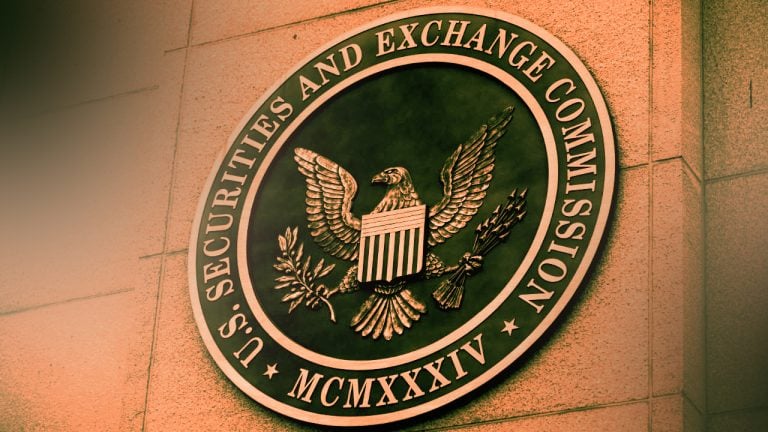
Greed, irrationality and anxiety have contributed to chaos in the crypto market. Investors should work on self-improvement if they want the industry to succeed.
Exorbitant NFT values that year signaled strong belief in many projects. But two years later, those “next Disneys” have delivered little. The situation has created significant market frustration and disillusionment among investors and enthusiasts alike.
Project failures are often attributed to founders. Yet, the greed, anxiety, and irrationality prevalent among Web3 participants have also played a substantial role in the ecosystem.
Related: 3 theses that will drive Ethereum and Bitcoin in the next bull market
We’re in a complex environment where even the most skilled and visionary founders find it challenging to navigate the market dynamics. This often leaves a trail of unfinished projects and unfulfilled promises, further eroding trust in the sector.
The detrimental impact of greed
Imagine a party with tickets priced at $100. Someone eager to attend with friends misses the initial sale. Turning to the secondary market, they pay $500 for a ticket.
The likelihood of disappointment is high since the event intended to offer a $100 experience. With a $500 ticket, expectations are inevitably higher, which often means the experience doesn't match reality.
In the crypto market, this greed-induced frustration is apparent. You can pay 20 Ether (ETH) for an NFT that initially sold for 0.5 ETH, but it is essential to align your expectations with the 0.5 ETH value. (That’s especially true considering how Web3 royalties have declined, a situation that has also prevented founders from obtaining the benefits of high-value secondary sales.)
Place your mental emphasis on the first price you see for an item — instead of taking the full context into account — is known as anchoring bias, where initial information heavily influences later decisions and perceptions. That means buyers view the high price of NFTs they purchase as an "anchor" for their expectations regarding utility leading to a cycle of disappointment.
Anxiety also creates a problem
Developing a quality product takes time. But the market often expects unrealistically quick progress.
That expectation puts immense pressure on builders and founders, who find themselves in a cycle of continual announcements to satisfy the community's desire for constant stimulation and progress.
In the last cycle, big gaming projects offered one example of this phenomenon. Some individuals believed that ambitious Triple-A games — built on Unreal Engine 5 — would be delivered in mere months, even though they typically require three to five years of development.
They dumped their tokens when they realized it would take longer, because one year feels like 10 when you're addicted to volatility.
In some cases, opening the process of building to the public is a blessing that Web3 has made possible. However, it can also create a toxic climate that negatively affects the mindset and well-being of project founders.
The role of irrationality
Studies have indicated that roughly 75% of venture-backed startups fail.
Like startups, NFT collections operate in risky, experimental environments. Yet, the market often overlooks the risk, instead expecting indefinite success and growth.
This is highly driven by confirmation bias, a psychological phenomenon that involves putting an emphasis on information that aligns with a person’s existing beliefs and preferences while ignoring contradictory evidence.
During the previous bull run, this was epitomized by "WAGMI,” an acronym for “We’re all going to make it.”

But in a market driven by buying and selling, some participants must lose in order for others to win.
That unfortunately means there is no WAGMI — especially in an environment with low financial literacy and a lot of anxiety. This combination can be particularly dangerous as it leads to decisions driven more by emotion than rational analysis.
Related: History tells us we’re in for a strong bull market with a hard landing
On the bright side, the ecosystem has evolved a lot since 2021. The good projects that managed to adapt to market changes and the market context are becoming more evident, and there has also been significant human maturation.
Many founders became “CEOs” overnight, which is analogous to changing a car's tires while it's moving at 100 miles per hour — 24 hours per day, seven days per week. After almost three years and some pivots, many of these CEOs and teams are much more mature, prepared, and focused on delivering something of value.
And while success depends largely on them, it also depends on the maturity of the Web3 community. Good leaders will not be enough to fix the game if it’s broken by excessive greed, anxiety and irrationality. Investors should consider this — and try to improve, financially and personally — as we enter the next bull run.
This article is for general information purposes and is not intended to be and should not be taken as legal or investment advice. The views, thoughts and opinions expressed here are the author’s alone and do not necessarily reflect or represent the views and opinions of Cointelegraph.
In 2021, it seemed as if 10 new Disneys — and the next 20 Picassos — were emerging from blockchain and various nonfungible token (NFT) collections.





















